Cheeses of Georgia: Dapsnili kveli and Kaimaghi
Visiting Adjarian herders at their summer mountain villages.
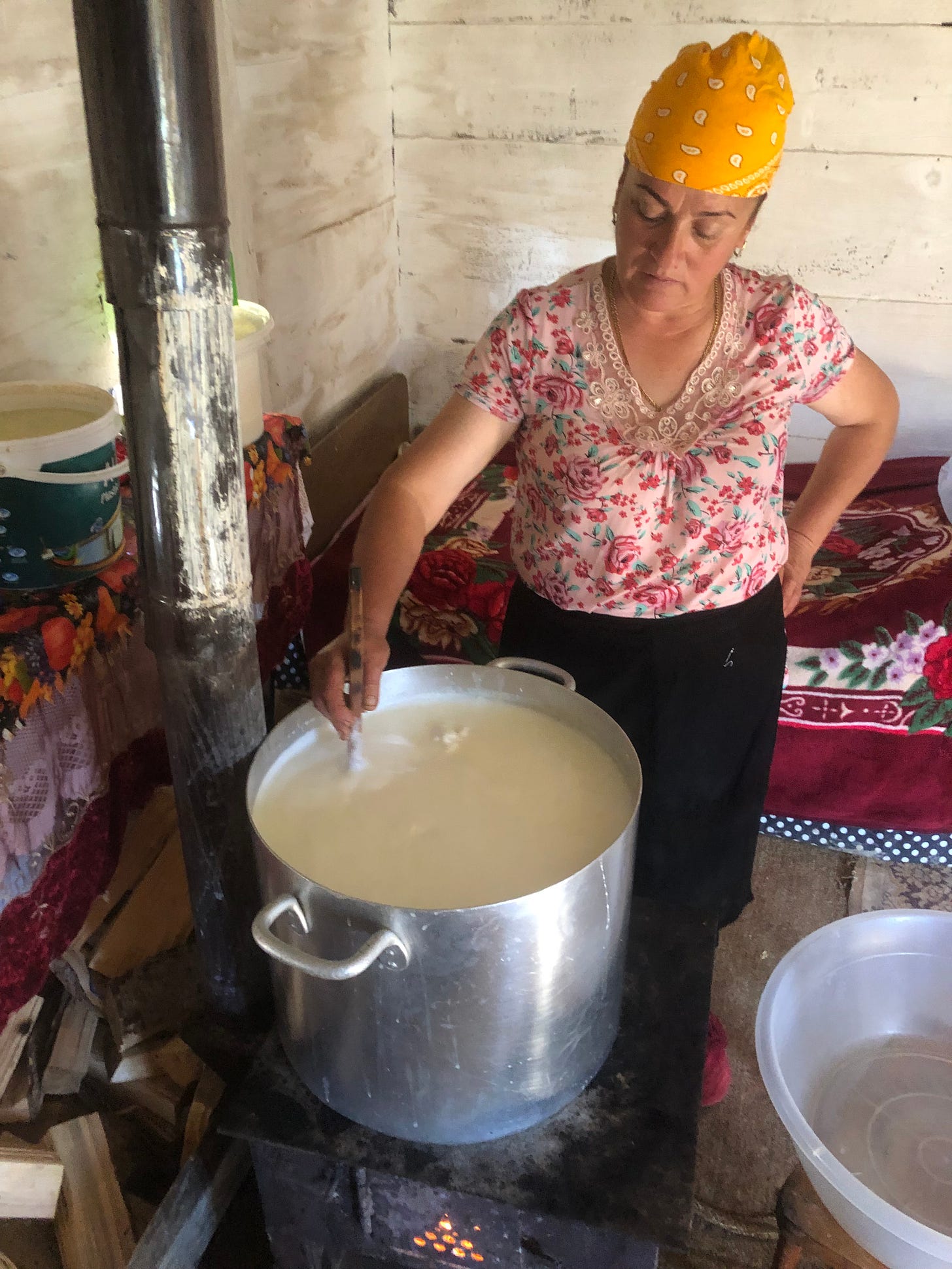
Georgia is a small country with a remarkable diversity of landscapes. Various regions have distinct cuisines resulting from ethnic and climatic diversity. In small pockets of mountain ranges, and isolated valleys, often near nation stage boundaries, you can find vestiges of archaic cheeses that survived the Soviet era. One such region is Adjara which borders Turkey and the Black Sea. Mountain river valleys are home to a diversified, small scale, dairy focused farming system based on growing corn and small vegetable gardens to supplement a dairy rich diet. In the summer the cows are brought up to high altitude grazing areas.
Similar to other systems of vertical transhumance, this allows the pastures near the permanent valley farms to rest, and hay to be grown, cut, and dried. Much of this is left in the fields in giants cones that will be left in place for the cows to feed off during the fall and early winter. Apparently the rain sheds off the steep sides, and only small portions get wet and moldy. During the heavy winter rains, the cows are kept inside and fed hay and dried corn stored in lofts. As the snow melts off in higher elevation pastures and plants grow rapidly in spring, they bring the livestock back up. Both of these practices represent a simple concept, you bring the animals to the food, where it is grown. The size of your herd is set by the land and weather, you can decide to keep more or less animals based on predicted feed. This is in opposition to the thinking of modern livestock rearing, where feed is shipped all over and brought to animals who are often kept in confinement. The farmers here appear to grow the vast majority of their own feed, in small family corn and hay fields.
Not much is written about the farming practices, dairying, and fermented dairy foods of these pastoralists. So I decided to go up to where I heard they have their summer villages on a mountain ridge, and see what I could find. I was only able to spend a few days here, so I am speculating about a lot of this, and have only brief conversations and my own observations to go on.
Meria Keli is a fairly large collection of over a hundred wooden, two story homes packed close together. The ground level is a stable for the cows, and the upper a home for the family members; it appears to be mainly women and children. I assume the men stay below to take care of haymaking. I saw a group of four women at work on their porch, drying herbs and processing milk. I asked to fill my water bottle, and they responded with one of the Georgian word I know well. “Ch’ame?” Eat. It’s less of a question and more of a request. When you arrive at anyone’s home in Georgia the first thing you do is sit, and eat.
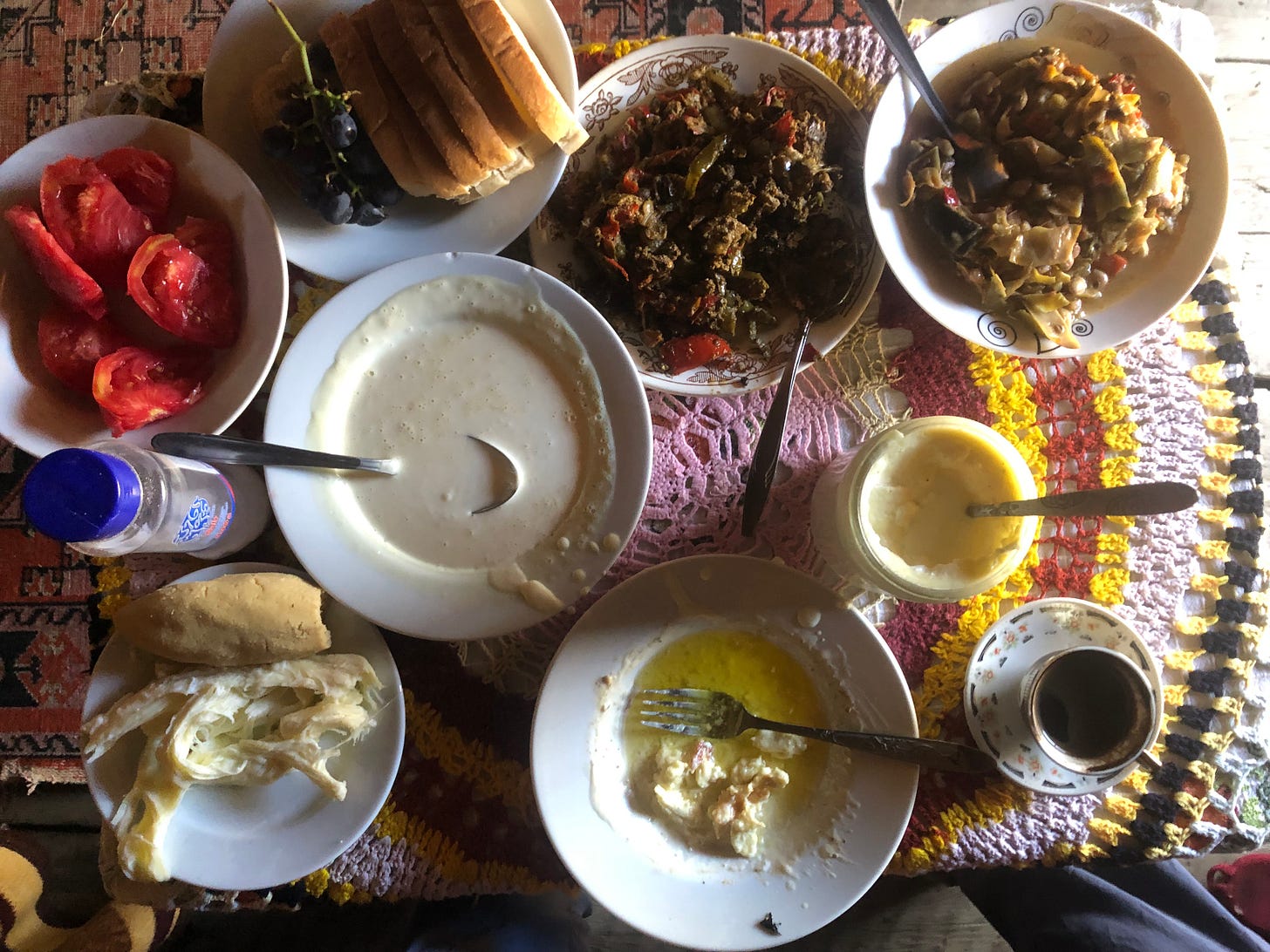
I sat at a small table which they quickly started filling with an excessive amount of food. This is standard protocol here, and in many countries that haven’t lost their innate sense of courtesy. Hospitality means putting way more food in front of someone than they can possibly eat. The central dish was a bowl full of what I assume is the most important dairy food here: a sour cream known as Kaimaghi. Similar names exist in many countries that have had a Turkish influence. There are various methods of preserving sour cream through salting and dehydrating that represent a whole family of cultured dairy products that I know little about, but am eager to explore.
I had read about one such food called kuruti, which is sour cream (Kaimaghi), butter, corn flour, and salt shaped into round handful cones and dried. It is these types of seemingly rudimentary, but actually ingenious preservation methods that I am interested in documenting. There are many similar grain and high moisture dairy mixtures, which are dehydrated in the sun, made in a wide belt stretching from The Himalayas to the Balkans. I saw one in Albania called trahana made by soaking cracked wheat in yogurt, allowing it to ferment, and then dehydrating it. It is rehydrated as a porridge with butter and cheese, and is delicious.
When I asked if they made Kuruti they said “Of course!” and called me into the kitchen. Wooden boards hung close to the ceiling, above the fireplace, covered with little beige footballs that look like bread. Whether Kuriti is a preserved dairy food, or a type of dry, dairy enriched hard tack is difficult to say. It’s somewhere in between. It wasn’t too dry when I tasted it, more like a soft cookie. It has a stale milk taste that I’ve never been a fan of. If I had been fed Kuruti as a child by my grandmother, I would probably find it comforting and delicious. I recognize this flavor from other dehydrated dairy products that start with high moisture. But it is a perfect portable food, with the flour holding it all together and likely keeping it dry enough to prevent mold growth. Similar to some of the “cheeses” of Mongolia and Tibet, you could throw this in your pocket and munch on it from horseback, or after a days walk. The original energy bar.
They also churn cream into butter, which is clarified and packed into plastic barrels to take down at summers end. Clarifying butter is a way of extending its shelf life by removing as much of the moisture and proteins as possible. Butter is heated until the whey proteins rise to the top and are skimmed off, and the liquid butter poured off leaving a residue of other proteins at the bottom.
Almost as a byproduct of sour cream and butter making, a cheese called Dapsnili Kveli is made. The cream which becomes Kaimaighi is taken from milk put through a hand crank separator. The skim milk that is left is mixed with some fresh milk and heated on a wood stove. Once it is too hot to keep your hand in, sour whey is added while stirring until a curd forms. After further heating, more sour whey is added, and the curd gets firmer, clumping together. It has a stretchy stringy texture, as is pushed together into a ball and removed.
Small handfuls are worked in a motion like making dough balls. It is a stretched curd similar to mozzarella but definitely distinct in its look. It is less string individual straight strings, and more a mass of strands of varying thicknesses, sticking together and separating amorphously. It is put back in the whey which is still heating up, and the balls made into rings. These rings are elongated and worked as the curd becomes more smooth and mozzarella like. The rings are stretched into long, continuous bands that are doubled up repeatedly. A deft twisting motion gives the cheese it’s final spiraled rope appearance. It can now be eaten fresh or aged in brine.
What I see here is an impressive range of foods with various shelf lives, textures, and culinary applications being made from a single miraculous liquid. The diversity of flavors and textures that can come from milk boggles my mind and senses. The phenomenon of making an array of foods, using all parts of the complex chemical emulsion that is milk, is a hallmark of the places I visit. Places where small scale, pasture based dairying and home level milk processing still exist. Milk is rarely drank, but is instead fermented, transformed, put away. It is turned into this galaxy I am stumbling through, that seems to have more stars than I ever thought possible. The Milky Way is creamy indeed, and I heard the moon is made of cheese, through some sort of intergalactic transhumance. For now, I’ll stick to this planet. For now.

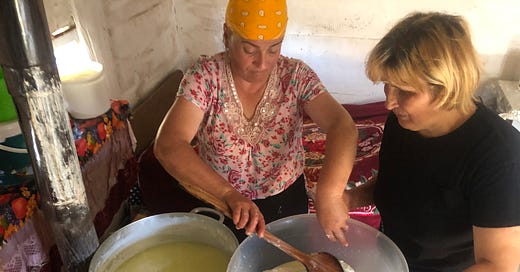


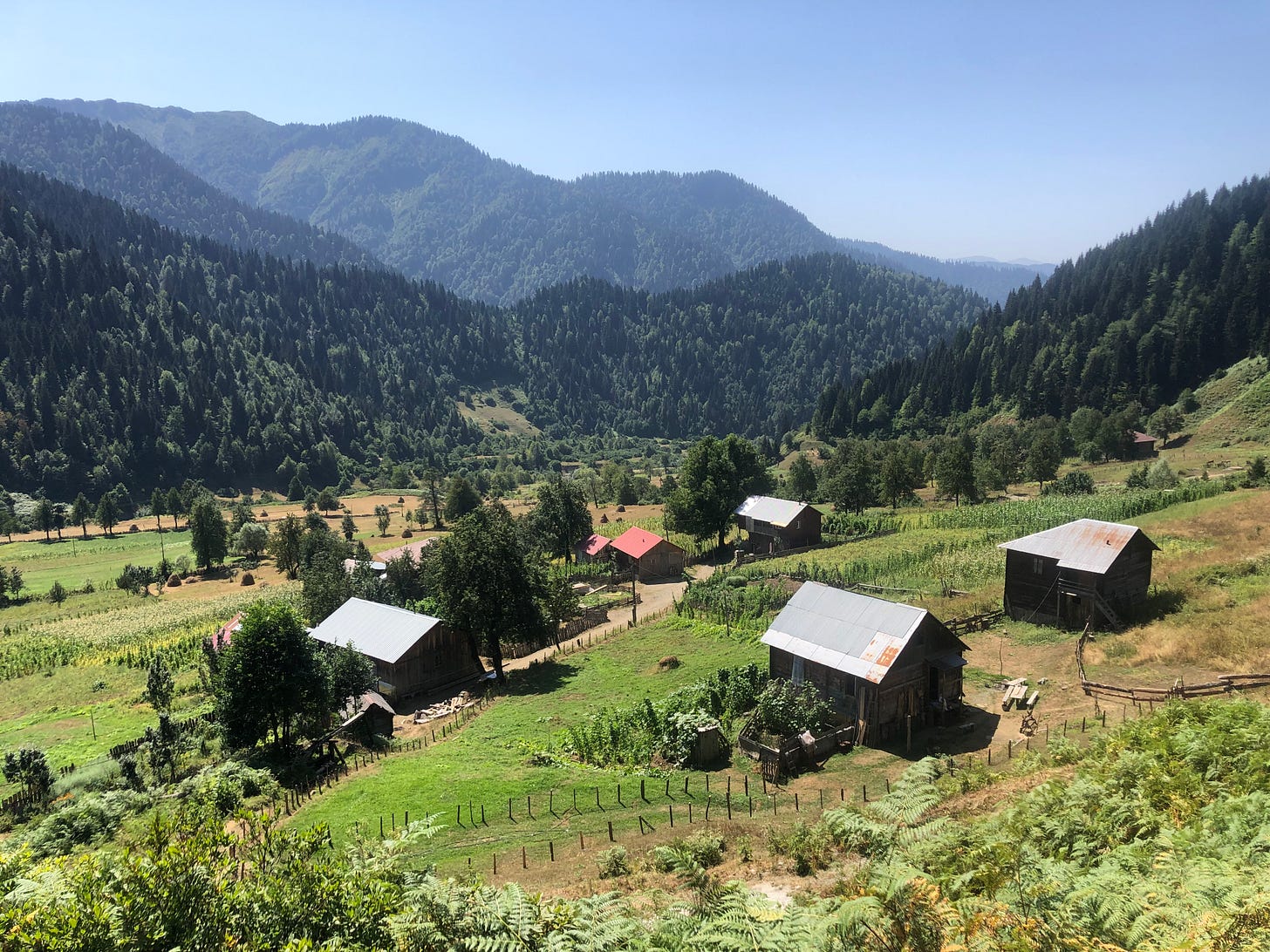
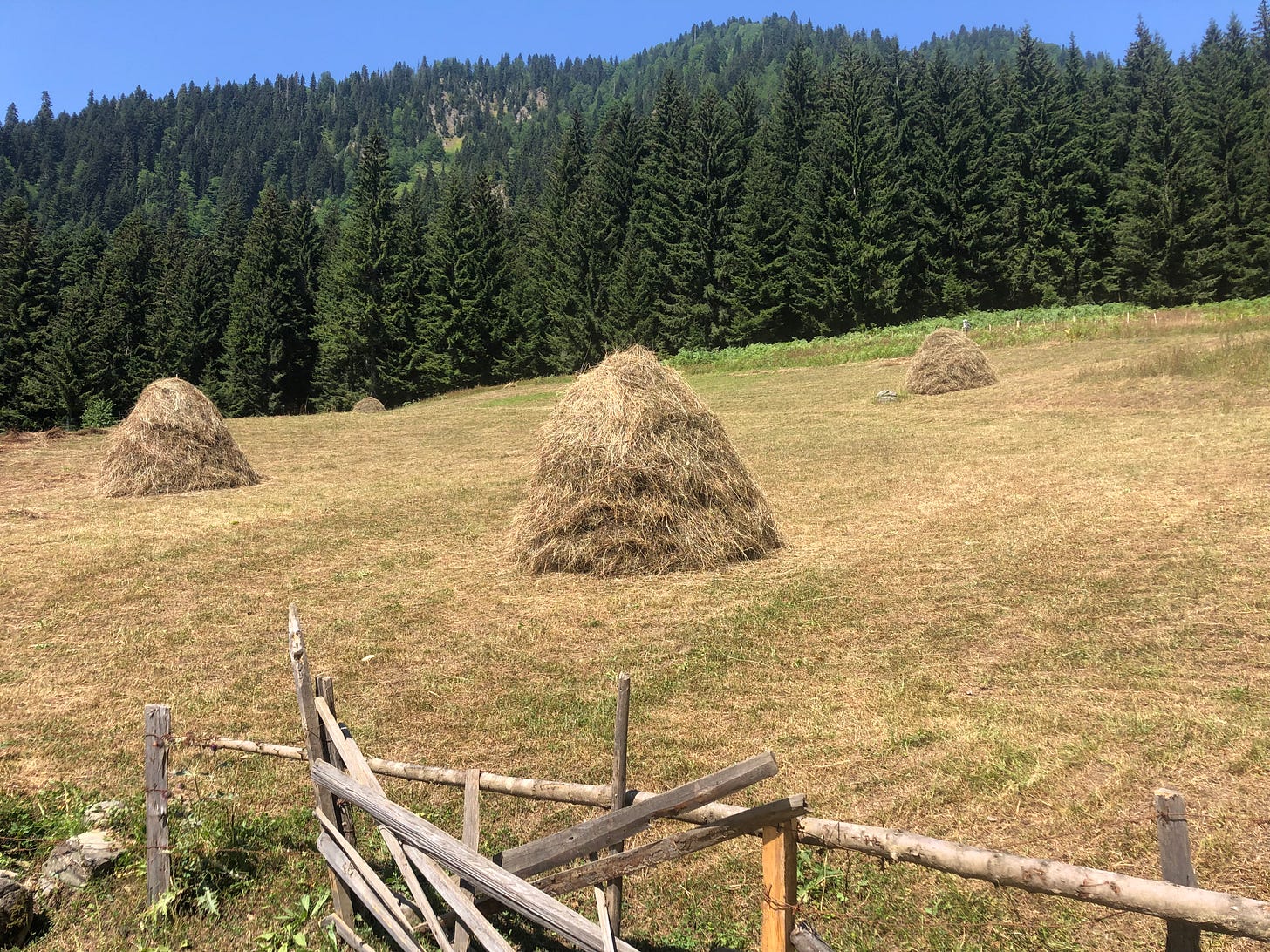
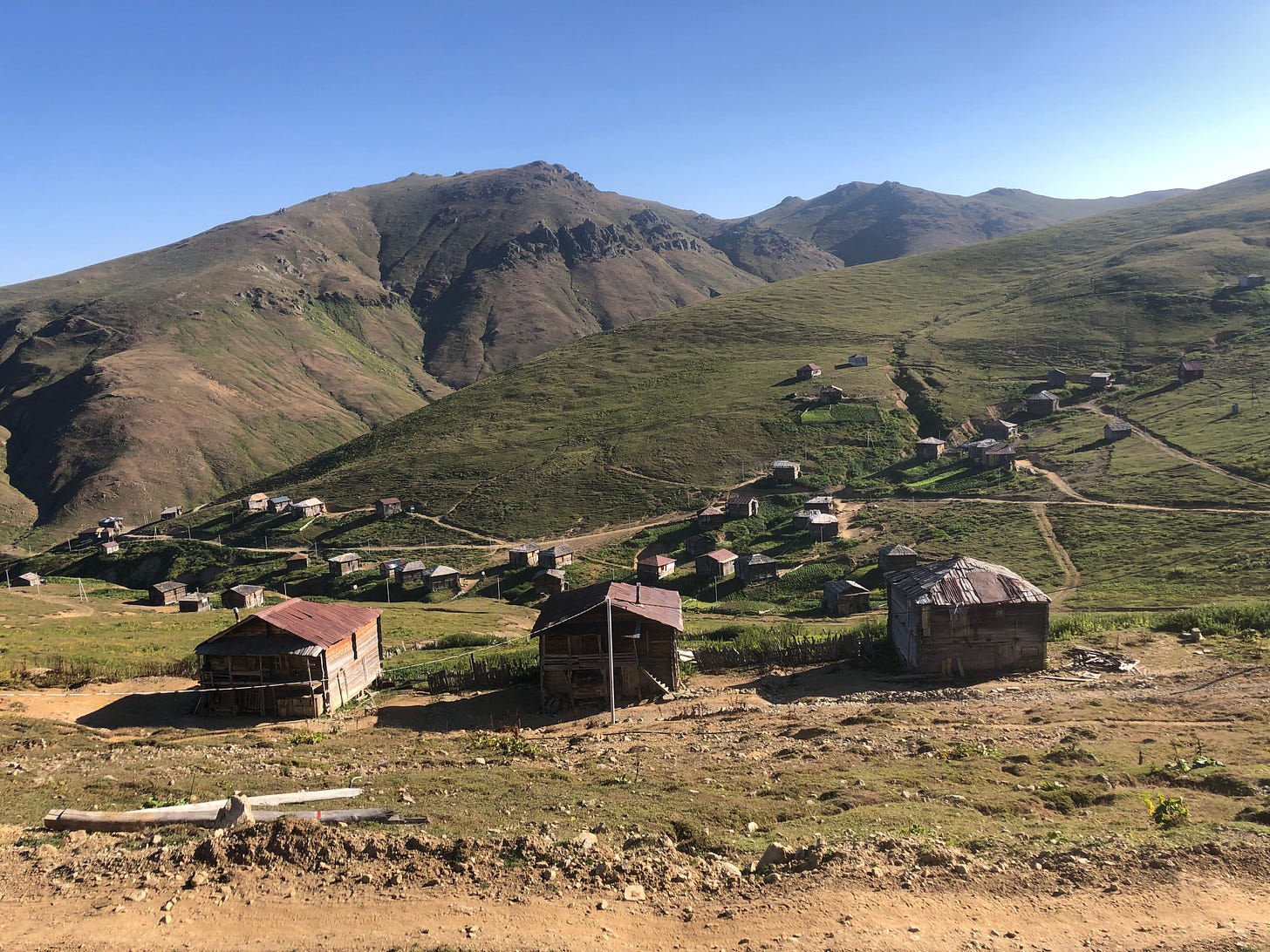
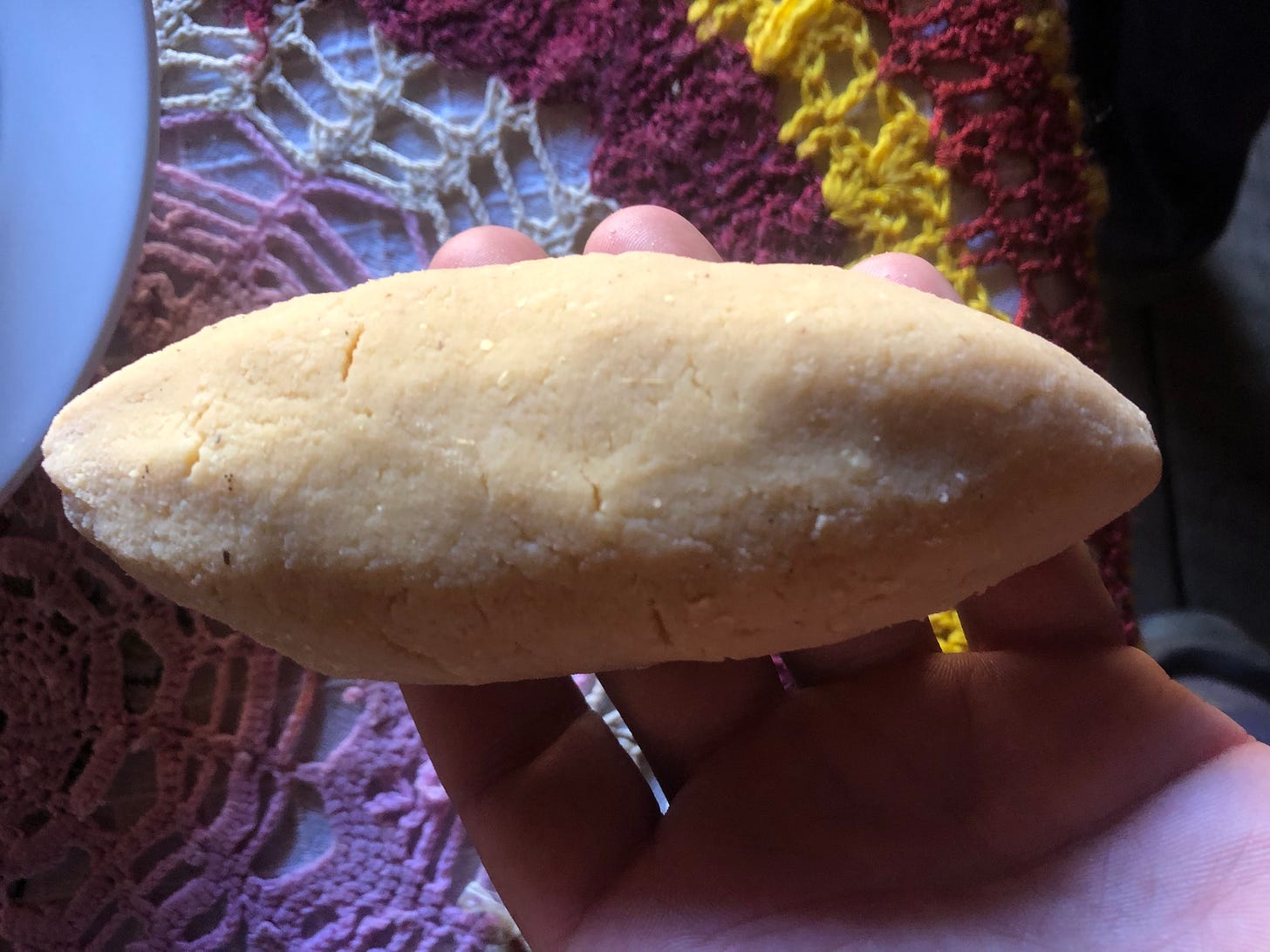


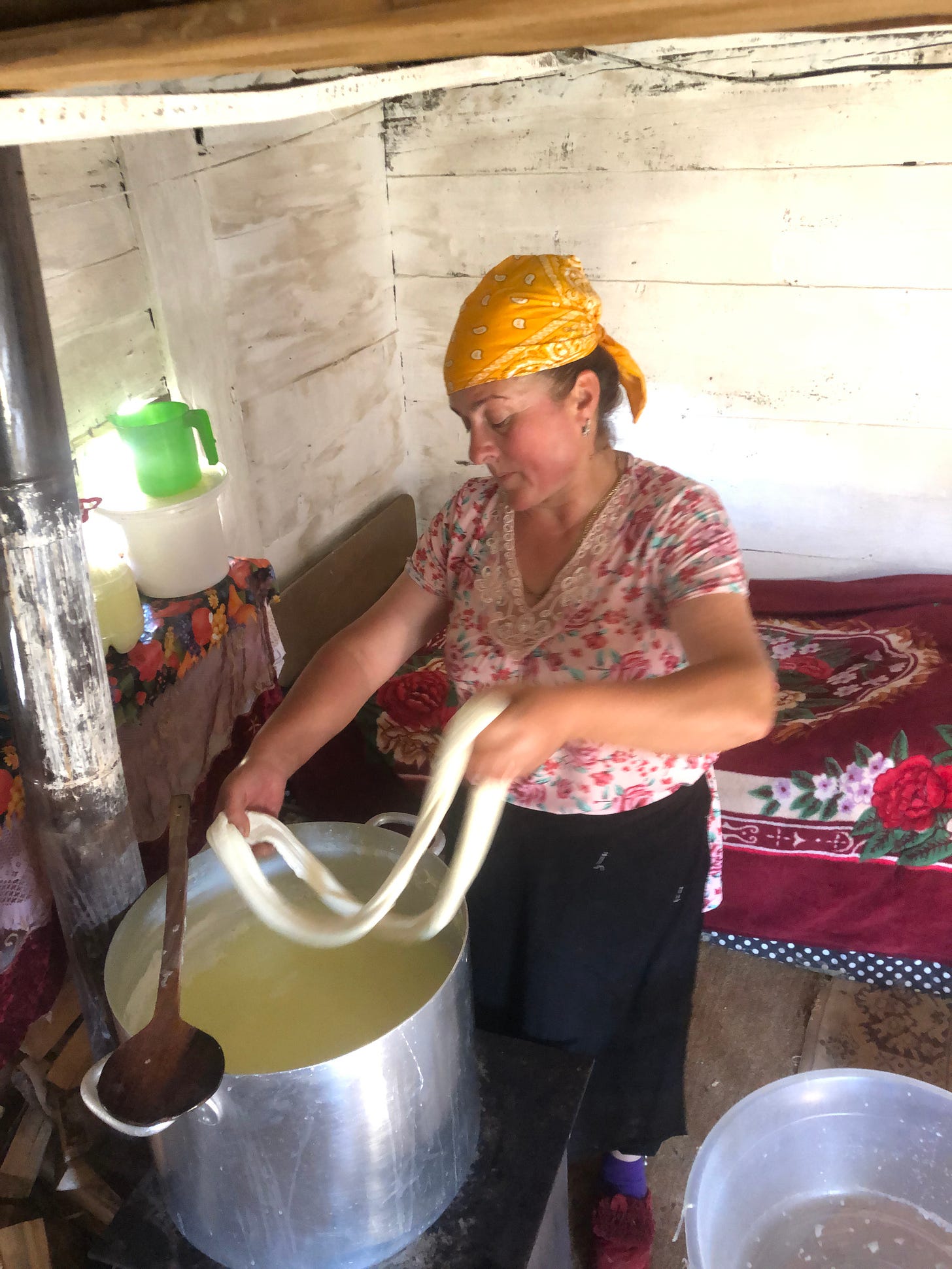
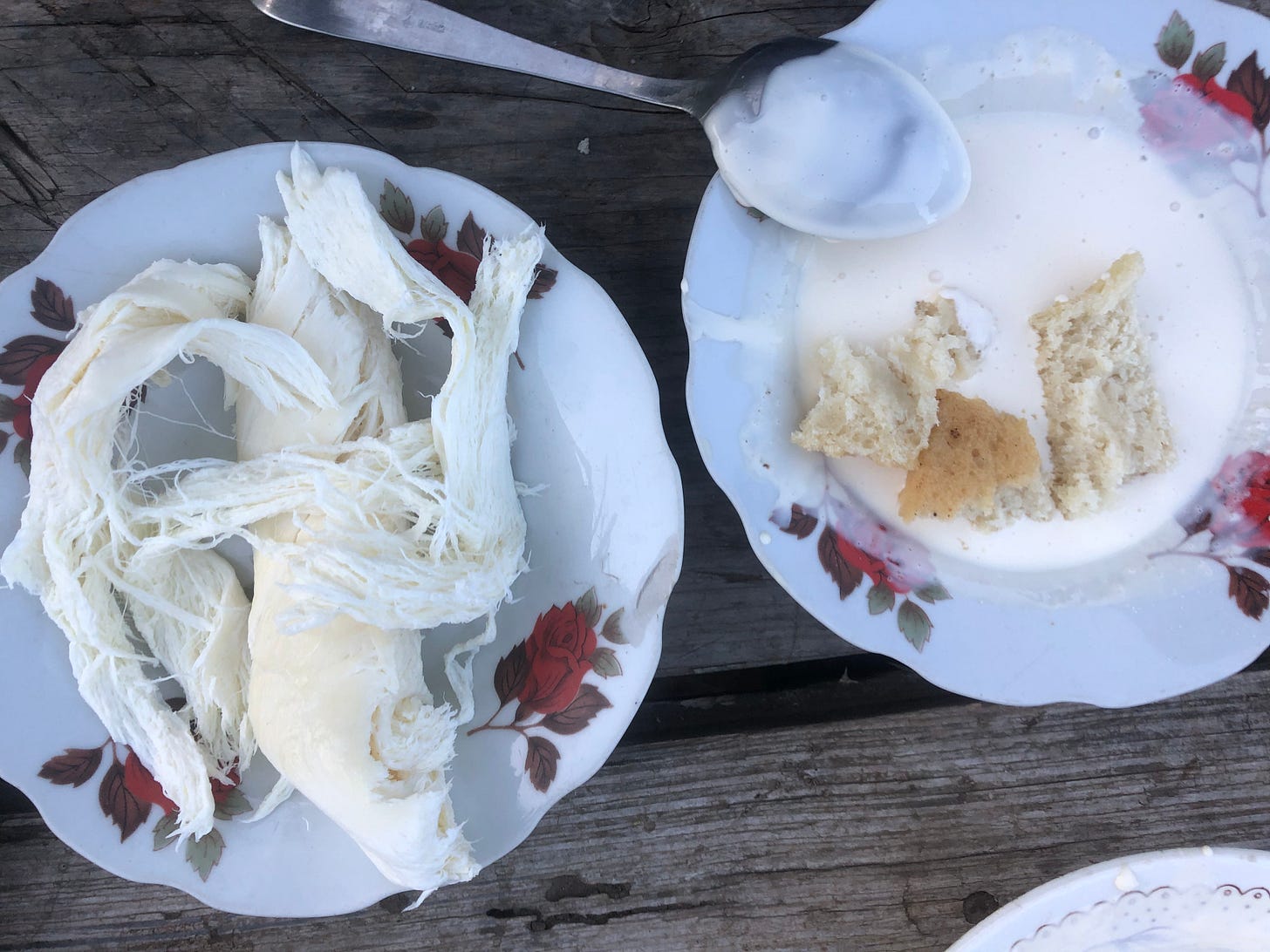
Love your writing mate. Few grammatical errors here and there. Overall just love what you're doing and read everything you write from start to finish. Cheers from Aus.